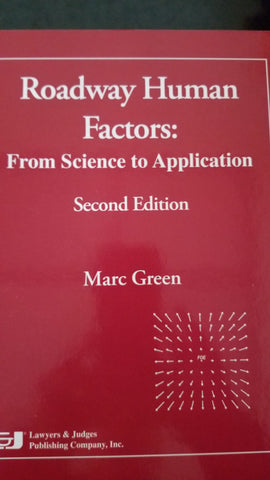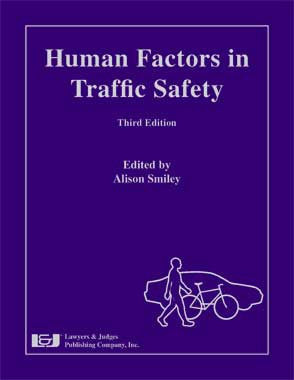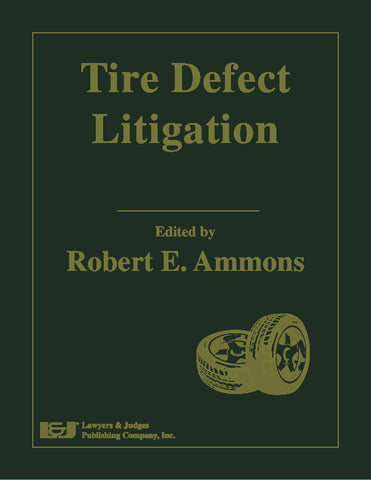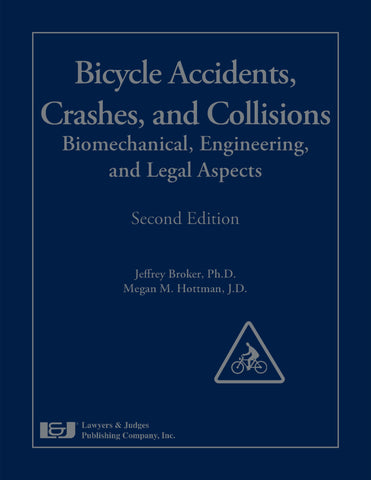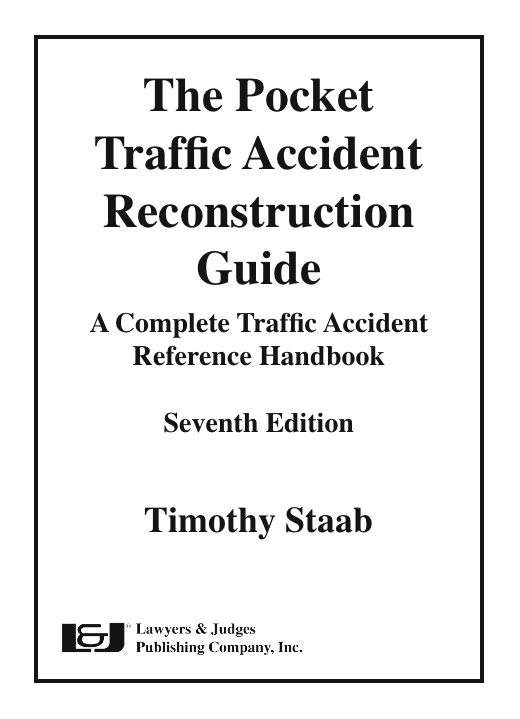
The Pocket Traffic Accident Reconstruction Guide, Seventh Edition
- Author: Timothy Staab
- ISBN 10: 1-936360-87-X
- ISBN 13: 978-1-936360-87-1
- Copyright Date Ed: December 28, 2017
- Pages: 64 pages
- Binding Information: Paperback
- Size: 3.625 ✕ 5 Inches (US)
As a traffic accident investigator or reconstructionist, you probably have the common speed and sliding formulas memorized. However, there likely are formulas out there that you haven’t committed to memory. And, while it’s not practical to carry around a large textbook to every accident scene, having some type of reference would make your job easier. That is why the Pocket Traffic Accident Reconstruction Guide was created.
Timothy Stabb, the author, created the Pocket Traffic Accident Reconstruction Guide to be an easy to use reference for anyone investigating a traffic accident. The guide is a pocket-sized booklet containing over eighty equations to compute vehicle velocity/speeds, distance, time acceleration rates and more. Designed to fit in a shirt pocket, day planner or briefcase, this handy guide also contains a glossary of traffic collision terms, a list of helpful websites, a table of roadway friction coefficient values and a conversion multiplier.
It contains equations for:
- Converting speed from MPH to FPS
- Converting velocity from FPS to MPH
- Airborne projectile motion
- Center of gravity mass
- Pedestrian impact
- And many more.
Table of Contents
Acceleration/Deceleration RateAcceleration/Deceleration Table
Airborne Projectile Motion
Center of Gravity/Mass
Conservation of Momentum
Conversion Table
Critical Speed Scuff/Yaw
Distance
Drag/Acceleration Factor (g)
Friction Coefficients Table
Grade
Kinetic Energy
Low-Speed, Rear-End Impact
Pedestrian Impact
Pedestrian Sliding/Tumbling Friction
Principal Direction of Force
Radius of a Circle
Rollover/RotatingVehicle Friction
Speed from Damage (Vehicle)
Speed from Pole or Tree Impact
Speed/Velocity Change (delta-v)
Time
Vehicle Model Year from VIN
Velocity

